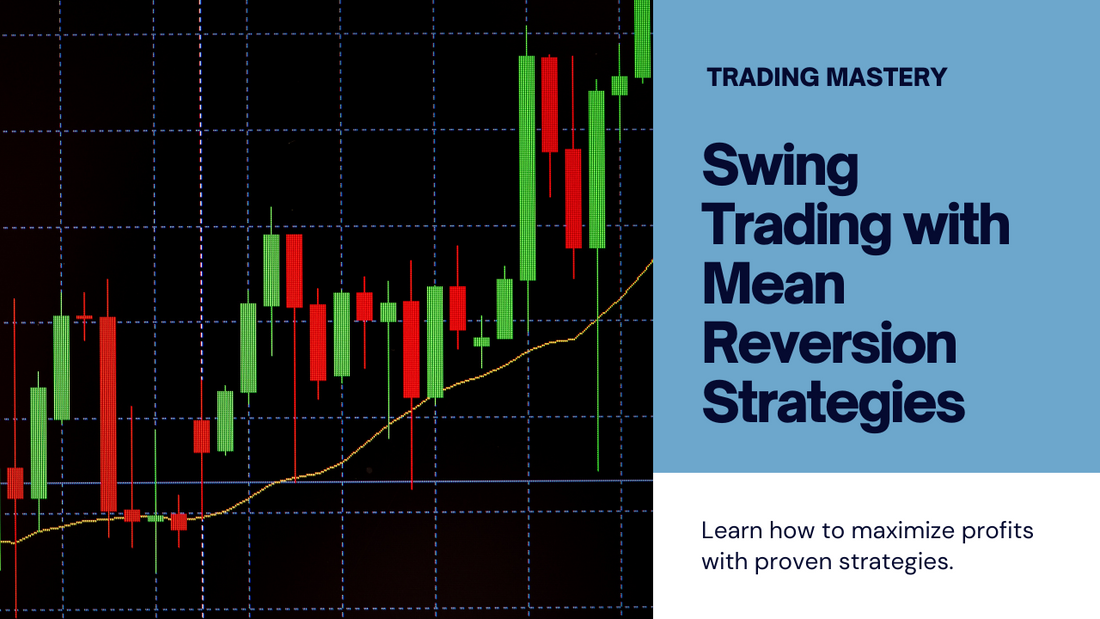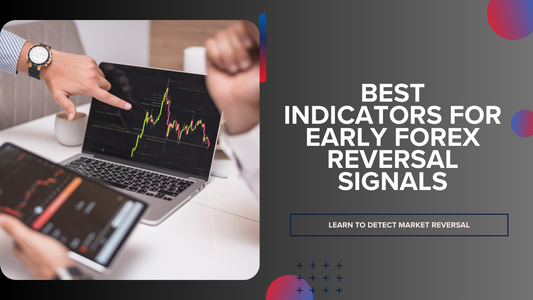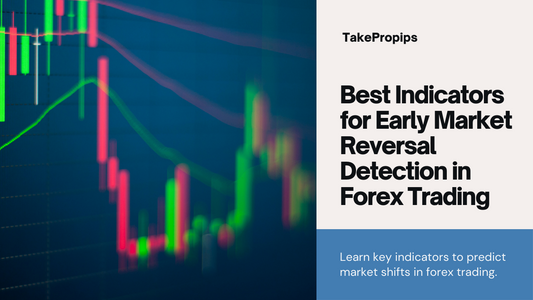Swing trading is a popular trading strategy that aims to capture short-term price movements in the market. It involves buying or selling a financial instrument, such as stocks or currencies, and holding it for a few days to a few weeks. One approach to swing trading is using mean reversion strategies, which take advantage of the tendency of prices to revert to their average or mean value over time. In this blog post, we will explore the concept of swing trading with mean reversion strategies and how they can be applied in the financial markets.
What is mean reversion?
Mean reversion is a statistical concept that suggests that prices or values that deviate significantly from their average or mean value will eventually return to that mean value. In other words, if a stock price has been consistently moving away from its average, there is a higher probability that it will reverse direction and move back towards the mean.
How does mean reversion work in swing trading?
Mean reversion strategies in swing trading involve identifying stocks or other financial instruments that have deviated significantly from their mean values and taking positions that anticipate a reversal back towards the mean. Traders using mean reversion strategies typically look for overbought or oversold conditions in the market, where prices have moved too far away from their average values.
Identifying overbought and oversold conditions
Traders can use various technical indicators to identify overbought and oversold conditions in the market. One commonly used indicator is the Relative Strength Index (RSI), which measures the speed and change of price movements. An RSI value above 70 is often considered overbought, indicating that the price may be due for a reversal. Conversely, an RSI value below 30 is often considered oversold, suggesting that the price may be due for a bounce back.
Implementing mean reversion strategies
Once overbought or oversold conditions are identified, swing traders using mean reversion strategies can take positions that anticipate a reversal. For example, if a stock is considered overbought, a swing trader may sell the stock, expecting the price to decline and revert back towards its mean. Conversely, if a stock is considered oversold, a swing trader may buy the stock, expecting the price to rise and revert back towards its mean.
Risks and considerations
While mean reversion strategies can be profitable, they are not without risks. Prices may continue to move away from their mean values for extended periods, resulting in losses for traders who anticipate a reversal too early. It is important for swing traders to carefully analyze market conditions, use appropriate risk management techniques, and consider other factors such as market trends and news events that may influence price movements.
Conclusion
Swing trading with mean reversion strategies can be a powerful approach to capturing short-term price movements in the market. By identifying overbought and oversold conditions and taking positions that anticipate a reversal towards the mean, swing traders can potentially profit from price fluctuations. However, it is important to remember that no trading strategy is foolproof, and careful analysis and risk management are essential for success in swing trading.




